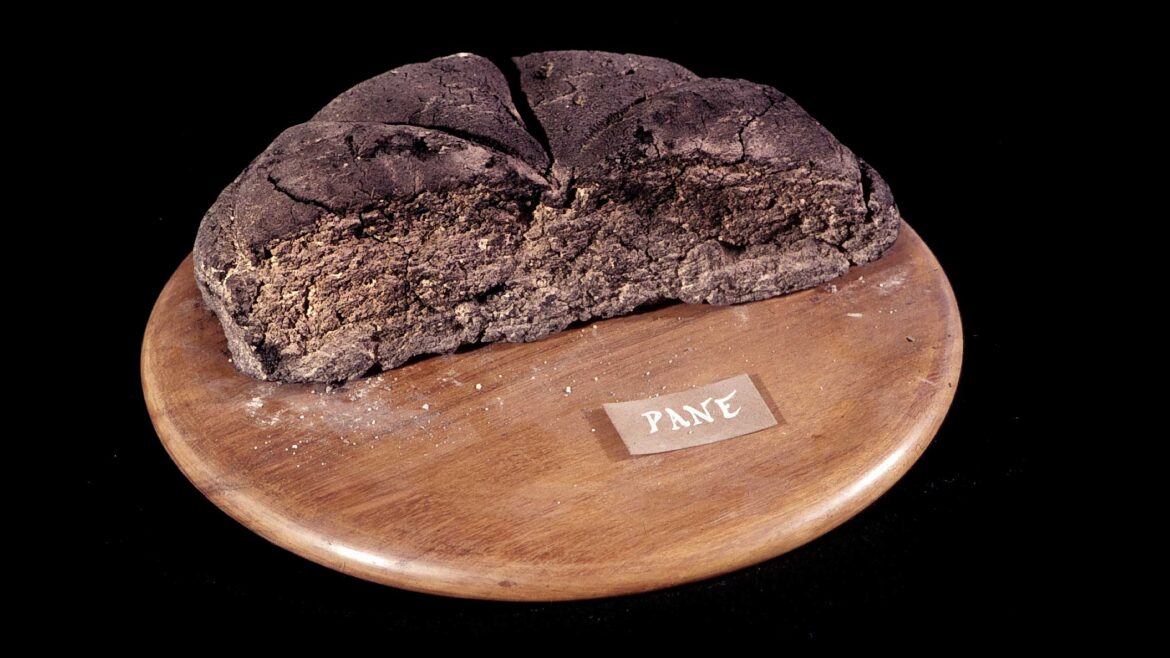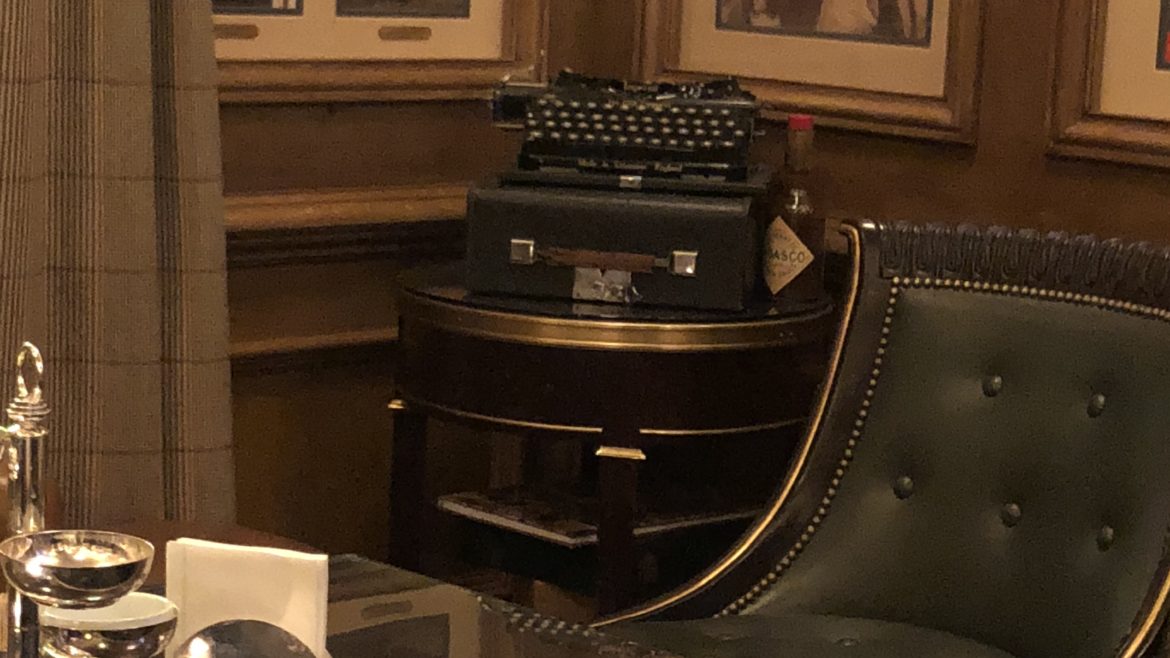The Classics: Apicius & Aglianico
I have always been a history buff.
Packed off to boarding school in England at the age of 7, my saving grace growing up were my history classes that started with Egyptian pharaohs and moved through classical Greece and Rome. Interestingly, my teacher, Kenneth Woodall, was a bit of a gourmand, and I remember quite a few of the classes focusing on the food and wine of the ancient world.
I clearly recall the story of a baker in A.D. 79 in Pompeii who had placed a few loaves of bread in his oven. While baking, Mount Vesuvius erupted, raining down ash and stone that would extinguish life from the town, but enshrine its final moments for us to discover thousands of years later. When he showed us photographs of the carbonized loaves from the oven that were discovered during an excavation, with their shape and texture intact, my jaw literally dropped. This was like a portal into the past.
Decades later, when I began to study wine seriously, it was the potency of its history that attracted me…perhaps far more than the wine itself. And as luck would have it, studying wine in Beaune, the very heart of Burgundy, I was surrounded by the stories of monks and cardinals and chevaliers and kings and their favourite wines.
A few years ago, whilst expanding my wine knowledge beyond France, I ended up quite taken by the wines of Campania, the Southern Italian region that encompasses the ruins of Pompeii and Paestum, the sybaritic Amalfi Coast’s towns of Positano and Ravello, Mt. Vesuvius, Capri, and the fascinating city of Naples.
Around the same time, someone presented me with a copy of a first century Roman cookbook called Apicius.
“Let’s try making some of these recipes,” I suggested to a good friend of mine.
“Are you mad?” she replied. “You want to make 2000 year-old recipes?”
“Why not?” I replied.
“But what about the ingredients? They probably don’t exist.”
“We’ll improvise,” I shrugged.
So we invited a few friends and threw a dinner party. On the menu were mussels, sea bream, duck in a red wine sauce, turnips, homemade bread and olive oil for dunking, and for dessert we made a cheesecake of goat cheese and figs, which the book said was used during a sacrificial ceremony….!
For wine, we tried to find wines that were made as close to Pompeii as possible. Back when Pompeii was thriving, the Pompeiians produced a red wine that was exported in abundance, but there wasn’t much information we were able to dig up on that.
So we focused on Campanian wines that are all made from unique, local varietals: the most prevalent reds are Aglianico , Piedirosso, Pallagrello Nero and Casavecchia. The dominant whites are Coda di Volpe, Greco di Tufo and Falanghina, all blended in Lacryma Christi (Tears of Christ), the region’s evocatively named and well-known wine.
The pairing of the food with these wines was outstanding, suggesting the very close relationship between the two starting thousands of years ago.
The dinner party was quite the success…for many reasons: it was truly different. It was a pairing of food and wine in modern times to what the Pompeiians would have done a couple of millennia ago as they reclined in their dining chairs and feasted, the same way we did, except of course we all sat upright at a table.
But much like the Romans, our tastes are still linked with what we see and hear around us: a memorable dinner is made up of food, wine…and the people we are with and finally the ambiance. To the Romans, eating and drinking was a celebration of life. In fact, the Latin word for dinner party is “convivium…” or living together. And with death being the inevitable outcome of life, they seized every day and enjoyed it.
We ought to take a page out of their book. Carpe Diem and mean it.




